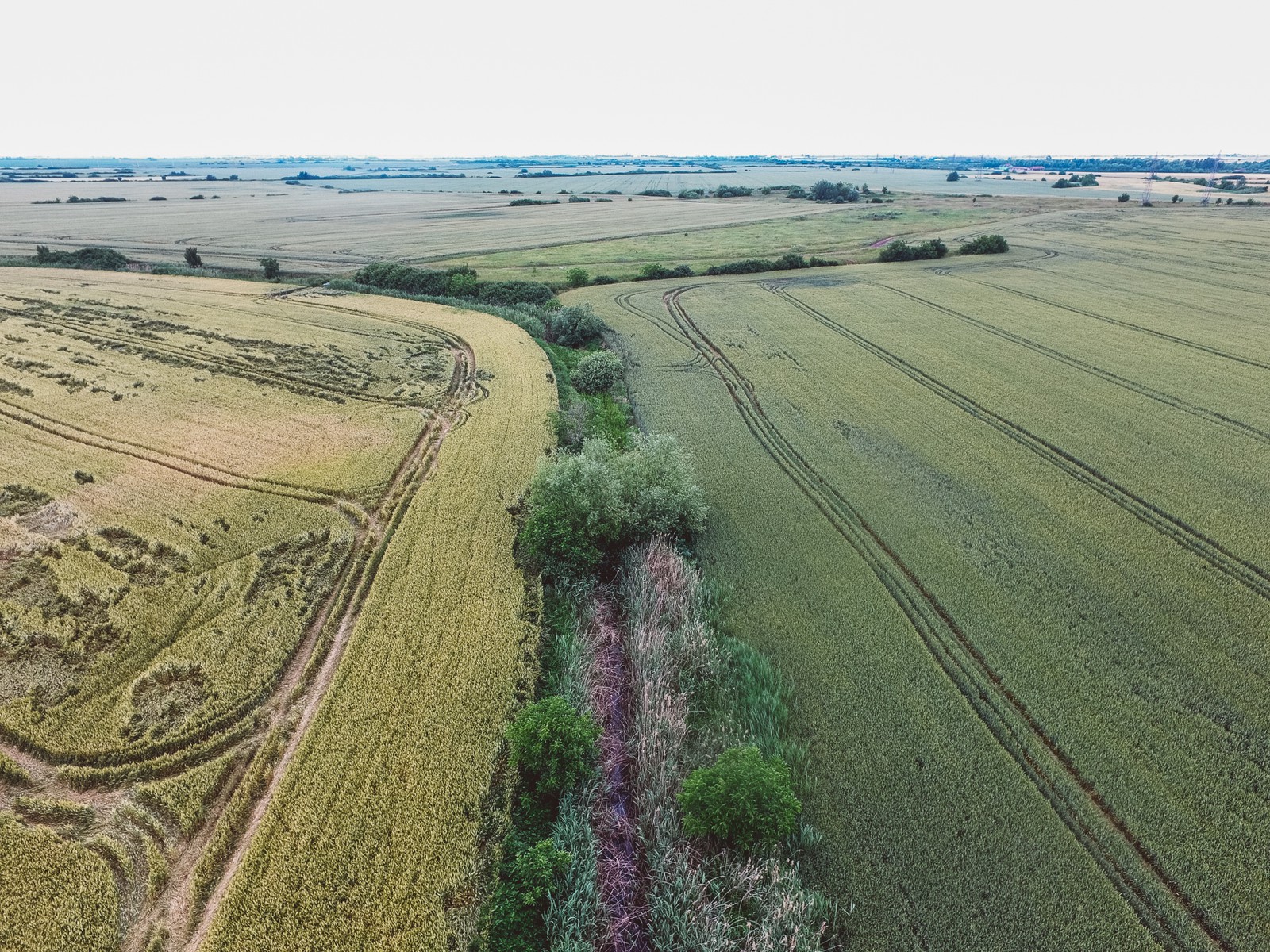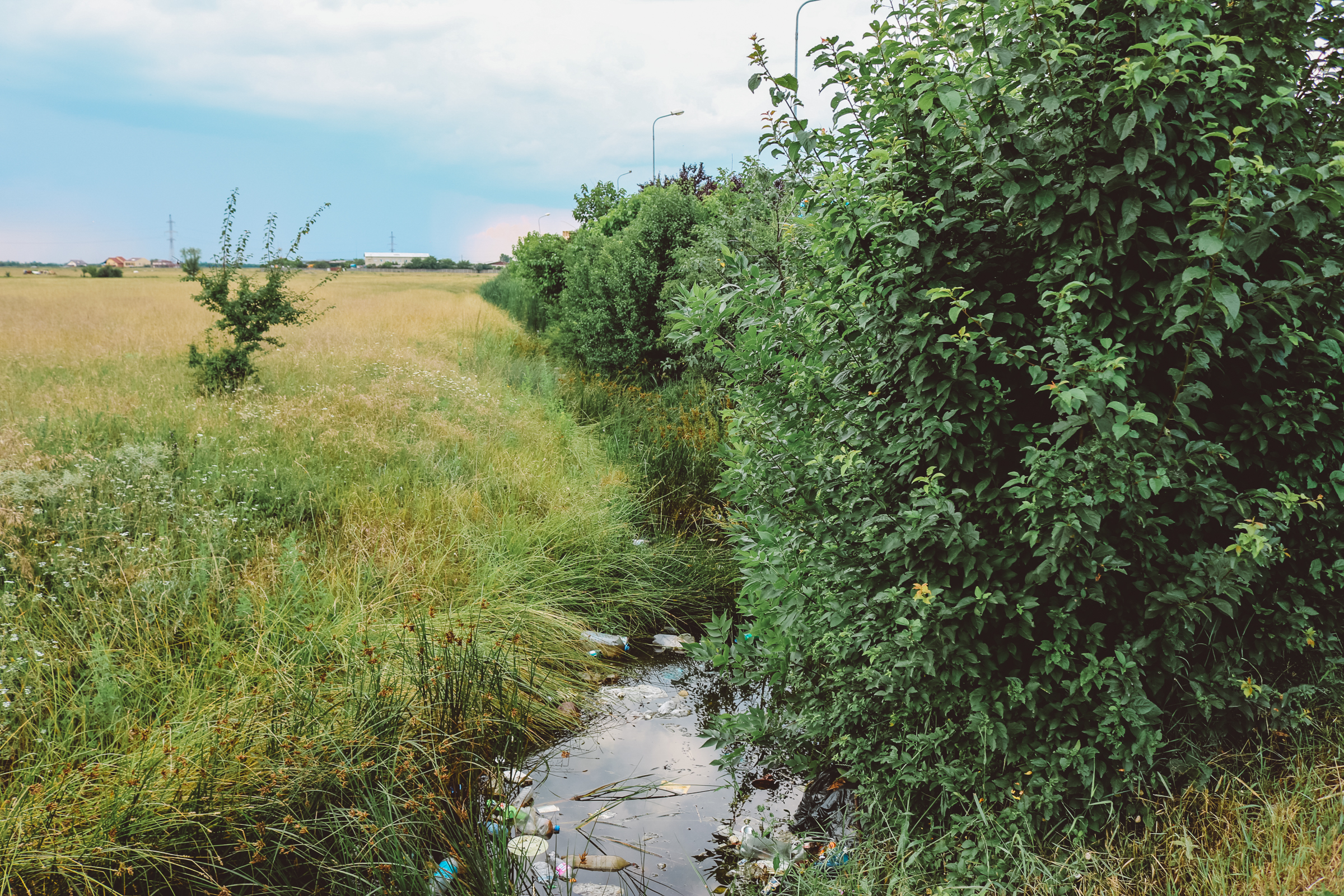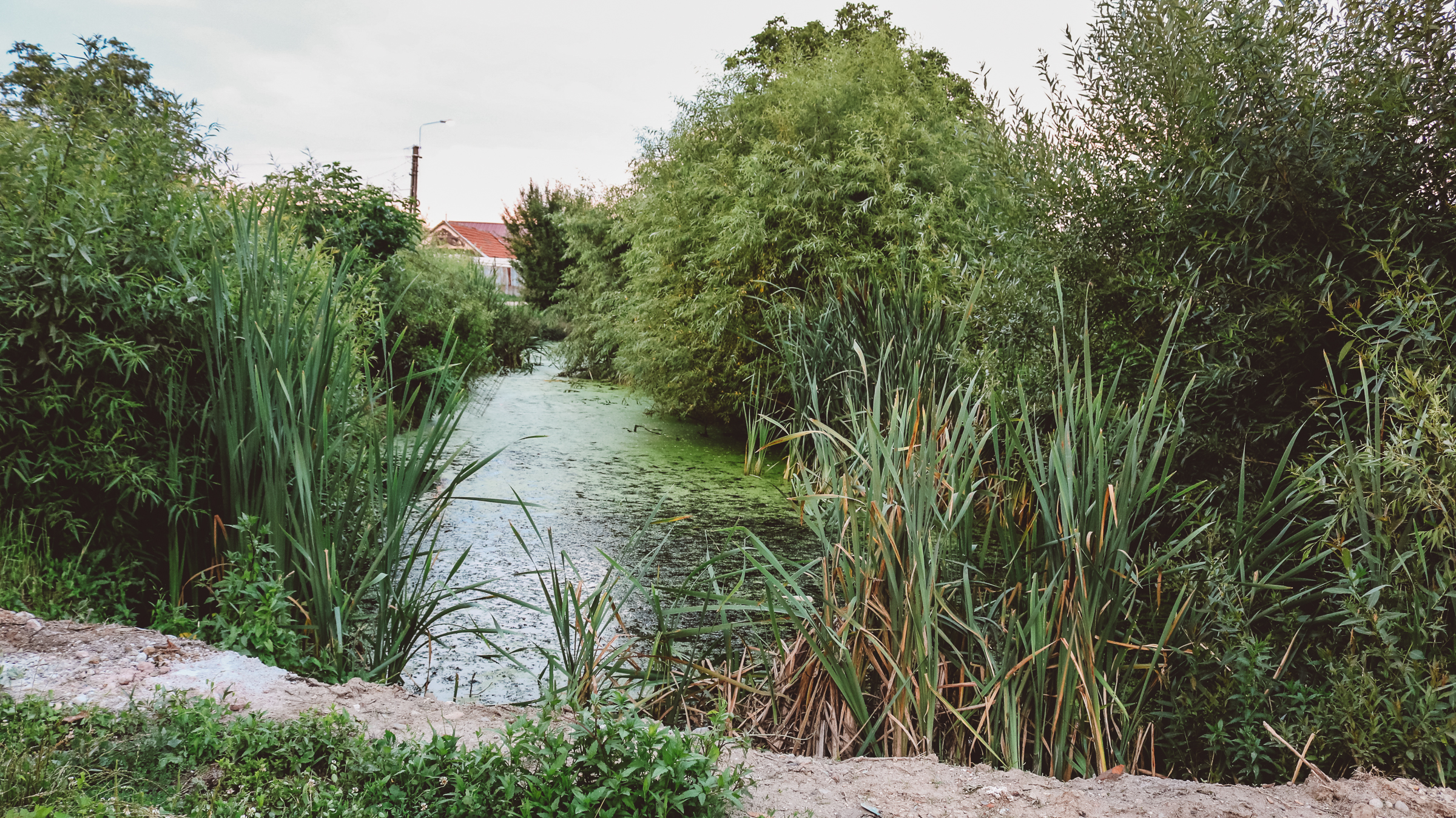
The blue-green network and its role in Timişoara's urban system
I mentioned in the previous article that Timișoara exists, in the present form and importance, only because it managed to place its built areas in an already structured natural environment: a network of running waters and its adjoining green space. Of these, the Bega Channel produces the most consistent impact, because it has had a complex, well-defined role in every historical stage of urban evolution. In addition to the major water course, the plain of Banat is surrounded by defense dams, drainage channels, irrigation networks and polders. All of these develop alongside a network of protected green spaces, where biodiversity develops and encourages urban-rural interaction. Therefore, these drainage channels are the basic ecological infrastructures that contribute to the establishment of an interconnected network of green spaces. All the drainage channels in the Timişoara area flow into Bega, giving it a proper regional importance from the perspective of protection against natural disasters.
We can see drainage channels in the city outskirts, in the contact area with the neighboring communes or in their outlying area. These areas are currently exposed to urbanization pressures, through the construction of individual and collective housing districts. Generally, the channels in these areas are adversely affected by clogging, waste discharge or intubation.
There is a pursuit, in local civil society and among professionals (landscape architects, urbanists), to raise the awareness for the watercourse networks and adjacent green spaces. They define the network as an ecological corridor system - a system of connections between the important elements of the landscape: the Natura 2000 network, forests, lakes or major rivers. In this network, each watercourse is important because it takes up the drained water from a certain coverage area and then distributes it hierarchically to the emissaries. Each watercourse also has an area of protection delimited by importance, where only green areas are allowed. These interconnected networks penetrate, through the main drainage channels, the brooks and the Bega Channel, into the city's embankment, favoring the expansion of native plant and animal species.



Of course, these networks are not at the forefront of public debate because they are not a necessity in everyday life. Instead, their importance is noticeable after the occurrence of natural disasters - floods or landslides. Therefore, their continued prevention and maintenance is necessary, following the principles outlined below. First of all, it is necessary to be aware of the ecological importance of the blue-green corridors established on the drainage channels. This is the fundamental level from which the dialogue on the durability of the Timisoara urban system as a whole can be started. The primary role of the channels is to collect water from the land (landscape) and direct it to an emissary in order to avoid unwanted water accumulations. Although they form a natural network with a particular landscape character, their functionality is prioritized, which generates ambient and recreational qualities. For protection it is necessary to strictly observe the legislation, especially regarding the width of the protection area and the conditions imposed on the constructions that are being built in their proximity. Also, given the considerable area it occupies, it is necessary for the profile of these ecological corridors to allow as little maintenance as possible in order to reduce costs and optimize for a longer period of time. For this reason and in order to keep the low costs and the highest possible efficiency, it is essential to preserve the natural character of the landscape by using native plants and materials. Maintaining these principles we obtain the conservation of the landscape as a result of a hierarchical treatment of the blue-green corridor system from a holistic perspective. Also, the architectural interventions require to have harmony with the landscape.
In the past two articles I have described Timișoara's dependence on the ecological corridor network, whether we are talking about those developed along the Bega Channel or those adjacent to the minor water courses. Combined with greenfield network and street-level planting, the green-blue corridors provide a pleasant environment to the densest areas of the urbanized area. Of course, the city is not in danger of total re-sloughing because the impact of human actions over the last three centuries has ensured a minimum level of safety regardless of the level of infrastructure maintenance. However, there are local effects that we feel on our own skin in everyday life, among the most urgent are the extreme local climatic phenomena, the lack of recreational spaces and the low air quality.
Sources:
- The Healing Grid - good practice guide for the design of ecologic corridors in the Timisoara Growth Pole, Loredana Gaiță, Mihai Danciu, 2018;
- Timișoara Municipality green spaces development strategy for 2010-2020, Timișoara Municipality, 2012;
- General urban development concept (Masterplan), PLANWERK s.r.l., VITAMIN Architects s.r.l., IHS Romania s.r.l., Proiect Bihor s.a., 2012.